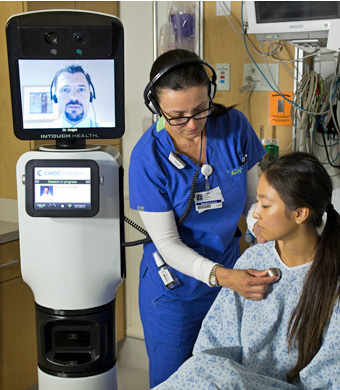FIT Treadmill Score Gauges Risk of Dying Based on Treadmill Exercise Performance
“The notion that being in good physical shape portends lower death risk is by no means new, but we wanted to quantify that risk precisely by age, gender and fitness level, and do so with an elegantly simple equation that requires no additional fancy testing beyond the standard stress test,” says lead investigator Haitham Ahmed, M.D. M.P.H., a cardiology fellow at the Johns Hopkins University School of Medicine.
In addition to age and gender, the formula factors in peak heart rate reached during intense exercise and the ability to tolerate physical exertion as measured by so-called metabolic equivalents, or METs, a gauge of how much energy the body expends during exercise. More vigorous activities require higher energy output (higher METs), better exercise tolerance and higher fitness level. An activity such as slow walking equals two METs, compared with eight for running.
Exercise stress tests — commonly used to determine who needs invasive cardiac testing and inform treatment decisions — measure how well the heart and lungs respond to physical exertion while a person is walking on a treadmill at progressively higher speed and elevation. The test is stopped once a person reaches the point of exhaustion or develops chest pain, dizziness or heart rhythm abnormalities. Those who have abnormal findings on their EKG tracings during exercise or who develop symptoms suggestive of abnormal heart strain during the test are referred for angiography, an invasive procedure to examine the interior of the heart’s main blood vessels. Those who have normal EKG readings and no alarming symptoms while exercising are said to have “normal” results and typically do not require further testing.
